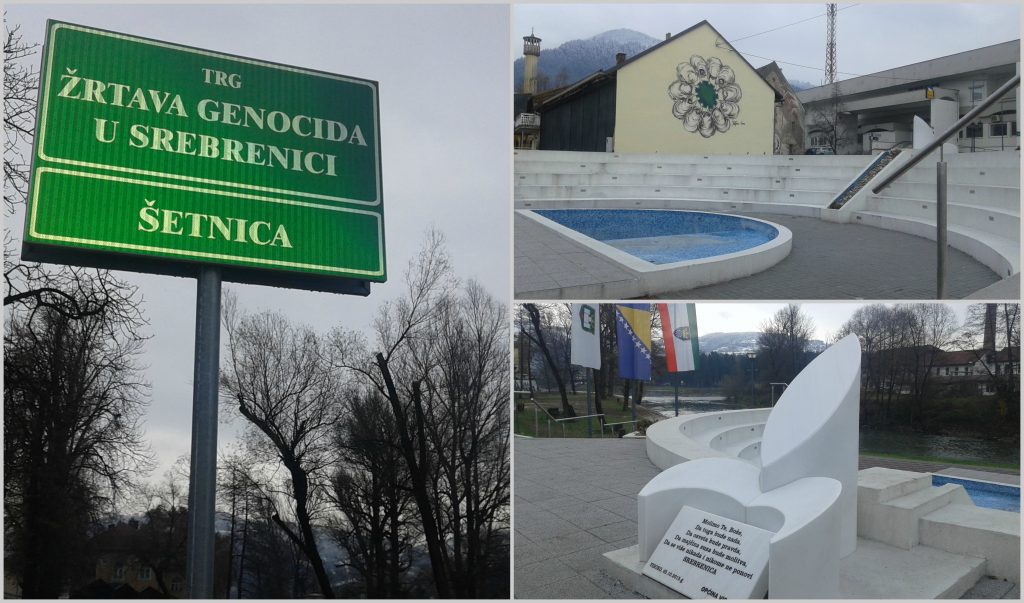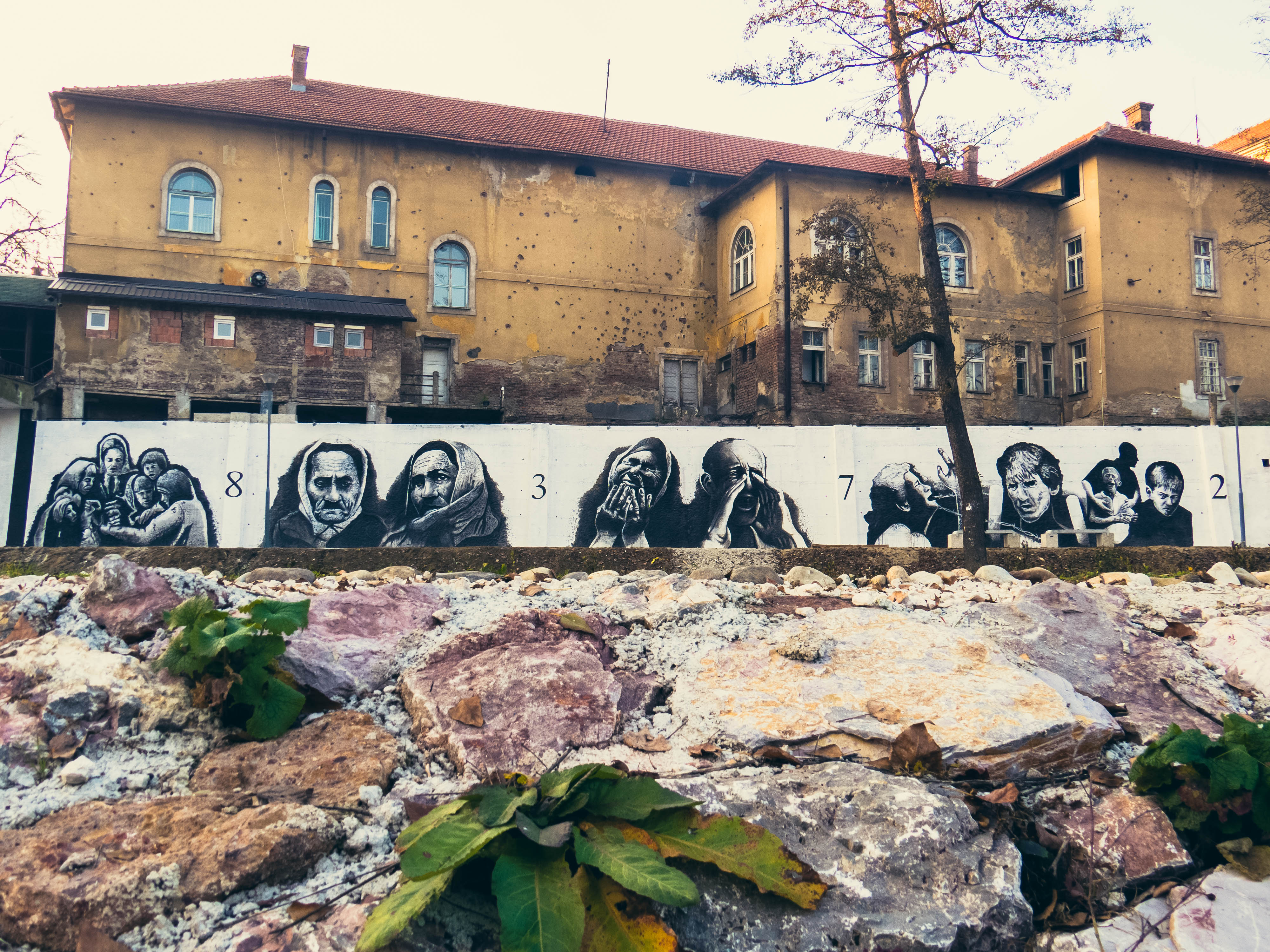
The Square dedicated to the Srebrenica genocide victims in Visoko was inaugurated last year on 5 October making Visoko the only municipality in Bosnia-Herzegovina to have honored the victims in this way.
The Square of the Srebrenica Genocide Victims is located in the very center of Visoko. The Square includes an amphitheater, a fountain and a memorial plaque located by the promenade. The inauguration was attended by a large number of invited guests and citizens of Visoko. The mayor of the Visoko municipality, Amra Babić, said that there was an obligation to pay lasting respects to the victims of the Srebrenica genocide.
“The obligation to do so comes from the 6777 victims buried so far, all of whom have been identified and prepared for burial right here in Visoko, from which they were sent on their final journey to their resting place – the Memorial Center in Potočari,” emphasized Babić.
John Clark, a forensic pathologist who worked in Visoko from 1999 to 2001 as the main pathologist for the International Criminal Tribunal for former Yugoslavia (ICTY), stressed the crucial role Visoko has played in shedding light on the crimes that took place. Clark addressed those present on behalf of more than 100 experts from 33 different countries that have worked under his leadership.
“The reason Visoko was chosen for this purpose was based on the foresight of certain people who’ve designed a plan and offered us the space to work,” said Clark. In the reports he sent to The Hague, Visoko is specified as the starting point. Clark is happy that the local government felt obligated to make the connection between Visoko and Srebrenica even more visible and more permanent, and he stated that the Square is just one more reason for him and his colleagues to always come back to Visoko.
Suada Selimović, the daugter of Srebrenica mother Šuhra Malić who, in 2001, opened the Memorial Center in Potočari, was also present during the inauguration of the Square. The drawings of three young artists on the walls of the promenade, which depict her mother, neighbor and his son was the reason for her presence. The three young men had requested a license from the municipality to create this, and their work is both a gift to the city of Visoko, and a way to honor the victims of genocide.
“These portraits of my mother and our neighbor Ramo, who is calling for his son Nermin, will be an eternal reminder of the horrors that happened in Srebrenica. There are really no words to express my gratitude to the young men who’ve come up with this idea,” said Selimović.

The three artists are members of the artist collective HAD (Hamo, Anel, Dama), and, as part of their Silence project, they have engraved portraits and figurative representations onto a 35-meter-long wall as a way to permanently memorialize the victims.
The members of HAD were motivated by a sense of responsibility and the desire to influence future generations – through their work, they attempt to bring these generations closer to this topic, which is often too heavy or too vaguely presented. One of the members of HAD, Anel Lepic, stressed: “We want this topic to be talked about more often, not just in the five days before 11 July. The research we did prior to developing Silence, has shown that people are already starting to forget and that materials are either unavailable or non-existent in certain cases.”
The work of the young artists was officially opened with a peace walk on 19 November 2015.
Stories about whether the construction of the Square was a move made by local authorities or just an inadequately situated reminder of the suffering have long been replaced by other news in the media. Nevertheless, the link between Srebrenica and Visoko has been carved in stone for future generations. The building of the Square has been financed from the budget of the Federation of BiH in the amount of 300,000 KM.






